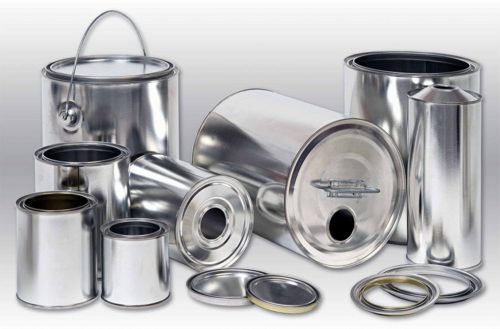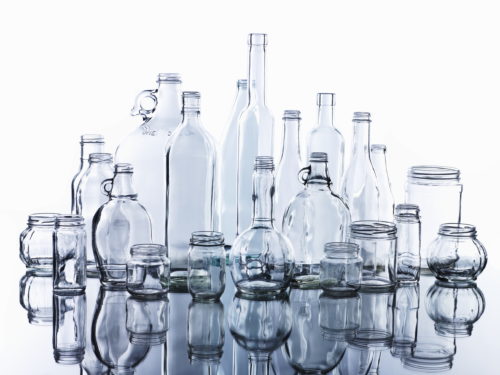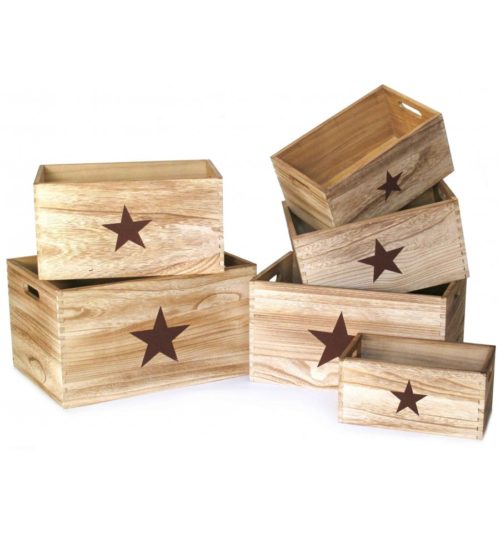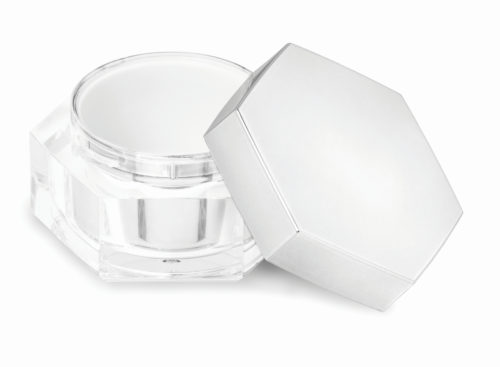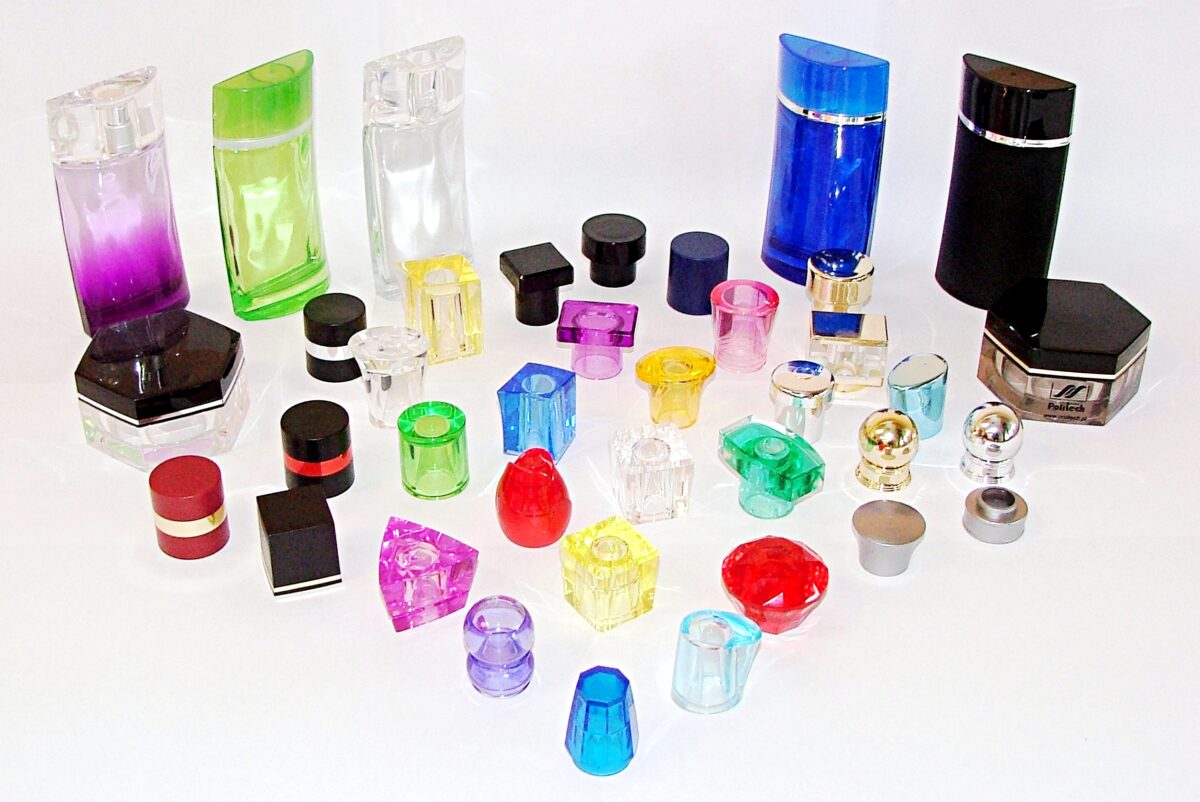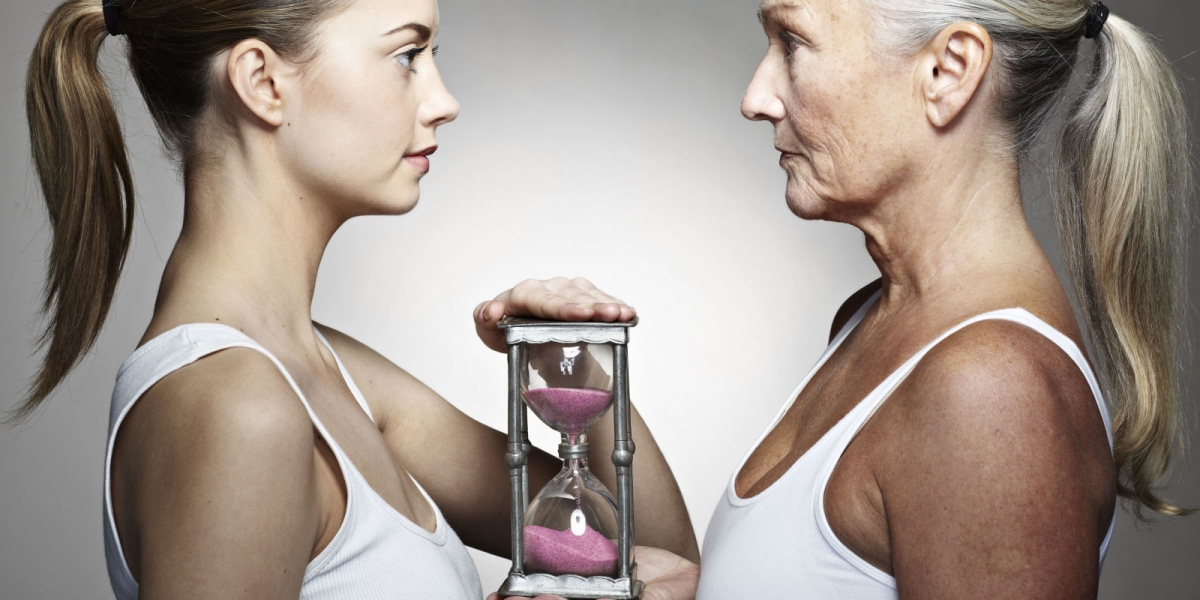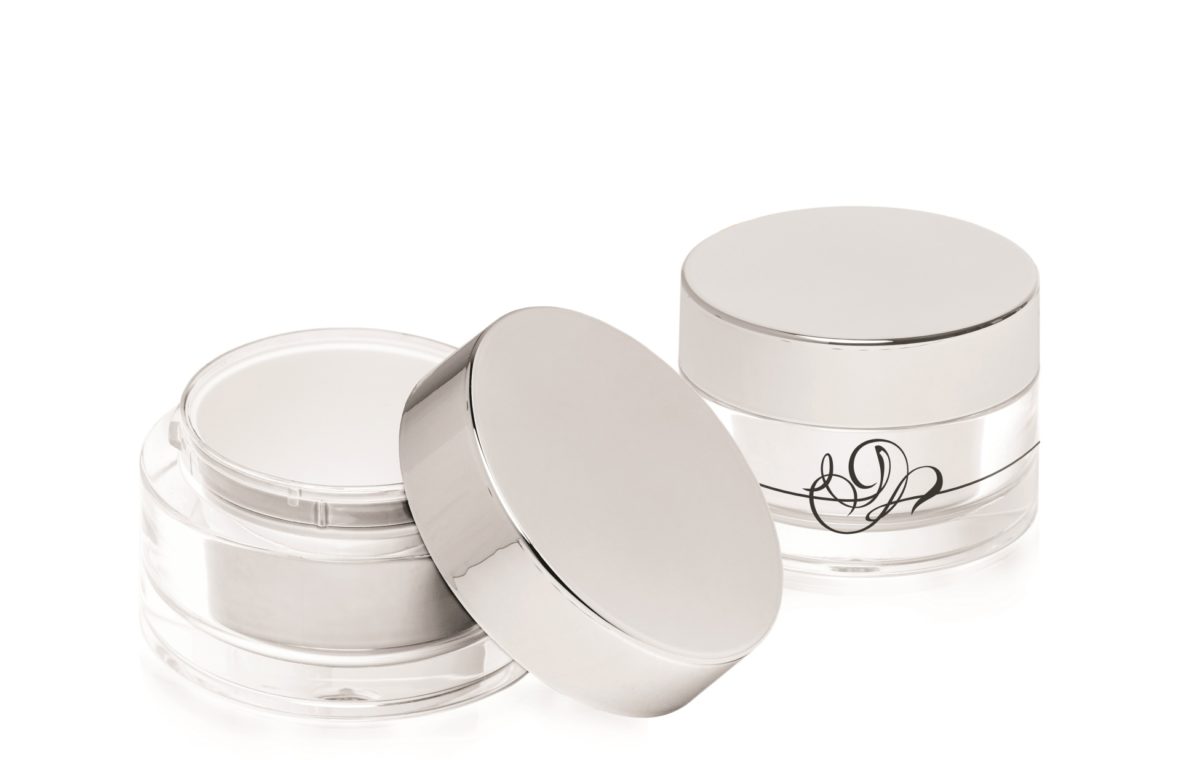
Every industry requires a lot from its packaging, but the bar is set extremely high in cosmetics. This is linked to the high aesthetic expectations of customers, as well as to the required functionality, chemical neutrality and physical durability. Packaging manufacturers and materials experts have spent years considering which materials are the best choice for white cosmetics packaging.
Metal packaging
Metal packaging is most common in the food and chemical industries. Tins intended for individual product groups may contain drinks, food, or even paints and varnishes. The main advantage of metal packaging is its mechanical durability. Moreover, metal is relatively easy to process and to lacquer. Unfortunately, one considerable disadvantage of metals is the high thermal conductivity. Rapid heating or cooling may mean that the product contained inside may quickly lose its properties. Another disadvantage is the possibility of a reaction with the products contained in the packaging.
Glass packaging
Only a few decades ago, glass packaging dominated among drink and perfume bottles. Glass is good at isolating the product within the packaging from external conditions. One of the most commonly mentioned advantages of glass is its chemical neutrality towards the products. Moreover, glass maintains all its original qualitative parameters after the recycling process.
The disadvantages of glass include its fragility. It is a hard material, but it is susceptible to mechanical damage. This means that glass packaging must be provided with additional protection against breakage. Cardboard packing or other protective measures are particularly necessary during transport. Moreover, glass is a heavy material that is cold to the touch.
Natural packaging – wood
Similarly to glass packaging, wood was highly popular for many years. However, unlike glass, it is making a return to the packaging market. This is due to the trend for organic products and protection given by natural materials. The primary advantages of wood include its very high mechanical durability, as it is neither a fragile nor high-mass material. Wood is warm to the touch and does not conduct electricity.
The issue with wooden packaging is its requirement for special protection based on lacquers and impregnants, to prevent it from absorbing moisture. This a disadvantage particularly impedes its use as a material in cosmetics, where manufacturers care that the high quality of the product is maintained for as long as possible. Moreover, wood is flammable and transfers natural odours – such as that of resin.
Plastic packaging
Plastics are highly interesting materials, which have taken the market by storm over the past few decades. Their considerable advantages include their ease of manufacture in various shapes and forms, which means we can achieve unique products. Another advantage of plastics is their sheer multitude, enabling selection of an appropriate material to suit a given project and its requirements. Low densities reduce the packaging weight, to maintain a high durability to mass ratio. Plastic packaging does not conduct electricity and is characterised by high chemical durability. Such products do not require special maintenance and can be used for many years.
Surlyn is a very interesting plastic, one which easily competes with wood, glass and metal. It is chemically neutral, unbreakable, warm to the touch, highly durable and can be produced in interesting forms. Moreover, Surlyn is perfect for the cosmetics industry, where full material transparency is often required. Surlyn maintains its clarity even in coloured versions. In addition, the injection points and split lines formed during production are practically invisible.
The list of the disadvantages of plastics contains very few points. Their fragility may be increased when exposed to variable temperatures, and they are also slightly less mechanically durable than metal packaging. Work is also ongoing to improve the re-use possibilities of these materials.
In summary…
All the presented materials have their pros and cons, but white cosmetics is such a demanding industry that only two of them are used for its products. Glass and plastics appear to be the best choices for the production of cream jars. Thus far, the market has been dominated by glass, but now thanks to the numerous advantages of Surlyn and other artificial components this situation is slowly changing. Customers value safety and product security during transport, as well as lightness. The aesthetics are improved by Surlyn’s transparency, and to the touch this material is very warm and pleasant.
Powrót do listy artykułów
